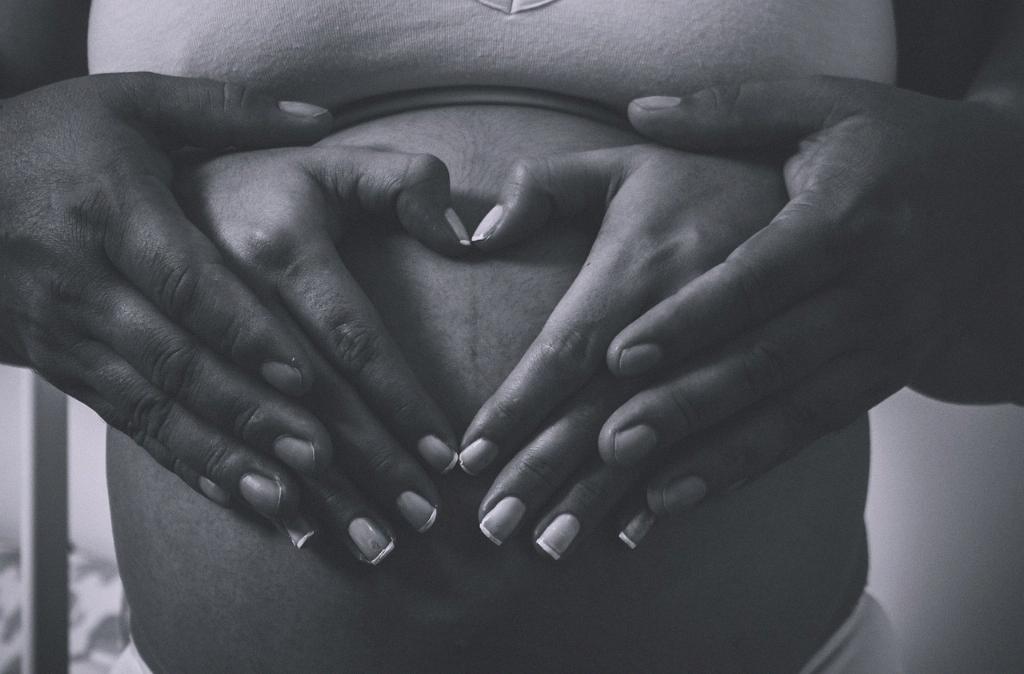One of the intriguing aspects of horse reproduction is the length of time a mare carries her foal. A common question among horse owners and breeders is why horses have such long gestation periods compared to other animals. The gestation period for horses typically lasts around 11 months, which is longer than many other domestic animals. Let’s delve into the factors that contribute to the extended pregnancy duration in horses.
Nutritional Influence
As mentioned, the weight of the mare can play a significant role in determining the length of her gestation period. Thin mares tend to have longer pregnancies, possibly due to the body’s need to ensure the foal develops properly despite the mare’s lower body condition. In contrast, well-nourished and healthy mares may have slightly shorter gestation periods. Adequate nutrition is vital for supporting the mare’s health and the development of the growing foal.
Environmental Factors
The timing of breeding can also impact the duration of a horse’s pregnancy. Mares bred earlier in the year may experience longer gestation periods, possibly because of environmental factors or changes in day length. Conversely, mares bred in the summer or spring might have shorter pregnancies. These environmental influences showcase the mare’s ability to adapt to external conditions and optimize the foal’s chances of survival.
Biological Adaptations
From a biological perspective, the lengthy gestation period in horses can be attributed to the intricate processes involved in fetal development. Horses are precocial animals, meaning their foals are relatively mature and mobile at birth. This advanced level of development necessitates a longer period for the foal to grow and develop adequately inside the mare’s womb. The extended pregnancy timeframe allows for the foal to reach a stage where it can thrive independently after birth.
Evolutionary Significance
The extended gestation period in horses can be viewed as an evolutionary adaptation that enhances the survival chances of the offspring. By undergoing a prolonged pregnancy, horses increase the likelihood that the foal will be born with the necessary physical and behavioral traits to thrive in its environment. This extended period of intrauterine development contributes to the foal’s overall health and ability to adapt to its surroundings once it enters the world.
Physiological Considerations
Physiologically, the mare’s reproductive system undergoes complex changes during pregnancy to support the developing foal. Hormonal fluctuations, nutrient absorption, and fetal growth all contribute to the gradual progression of the pregnancy. The mare’s body goes through significant adjustments to accommodate the growing foal, ensuring optimal conditions for fetal development throughout the extended gestation period.
Maternal Care and Investment
The extended pregnancy duration in horses reflects the significant maternal care and investment that mares provide for their offspring. By carrying the foal for an extended period, the mare ensures that the foal has sufficient time to develop vital organs, musculature, and other systems necessary for survival. This prolonged gestation period underscores the mare’s commitment to nurturing and protecting her unborn foal, laying the groundwork for a healthy and resilient offspring.
Genetic Influences
Genetics also play a role in determining the length of a horse’s gestation period. Different horse breeds may have varying gestation lengths, influenced by genetic predispositions and selective breeding practices. Breeding programs often consider gestation length as a factor in producing healthy foals with desirable traits. The genetic diversity among horse populations contributes to the range of gestation periods observed in different breeds.
Reproductive Biology
Horse reproductive biology is characterized by intricate processes that regulate ovulation, fertilization, implantation, and gestation. The complex interplay of hormones, reproductive organs, and fetal development contributes to the extended pregnancy duration in horses. Understanding the underlying mechanisms of equine reproduction provides insights into the adaptive strategies that have evolved to ensure the successful birth and survival of horse offspring.
Behavioral Adaptations
From a behavioral standpoint, the prolonged gestation period in horses may serve as a mechanism for enhancing the foal’s chances of survival in the wild. By allowing the foal to develop extensively in utero, horses promote the physical strength, coordination, and innate behaviors necessary for survival after birth. This behavioral adaptation aligns with the evolutionary principle of increasing the offspring’s fitness and ability to thrive in its natural habitat.
Health and Developmental Benefits
The extended pregnancy duration in horses offers various health and developmental benefits to the foal. The extra time spent in the womb allows for the thorough development of the foal’s musculoskeletal system, neurological functions, and overall physiological readiness for life outside the mare’s body. This extended period of growth and maturation contributes to the foal’s ability to adapt to its environment and engage in natural behaviors upon birth.
Conclusion
In conclusion, the prolonged gestation period in horses is a complex phenomenon influenced by nutritional, environmental, biological, evolutionary, physiological, genetic, reproductive, and behavioral factors. The intricate interplay of these elements demonstrates the remarkable adaptability and resilience of horses as a species. By understanding the reasons behind the extended pregnancy duration in horses, we gain valuable insights into the evolutionary strategies and biological mechanisms that have shaped the reproductive success and survival of these magnificent animals.

